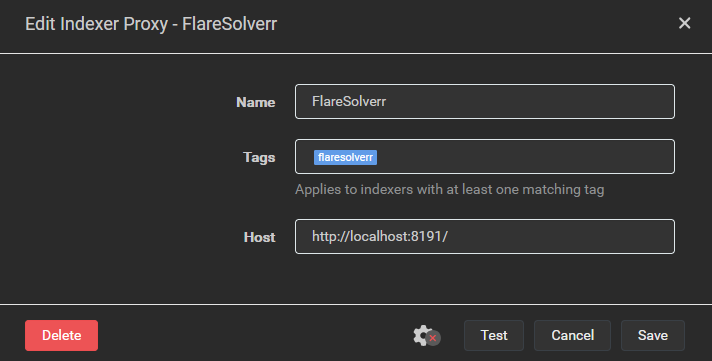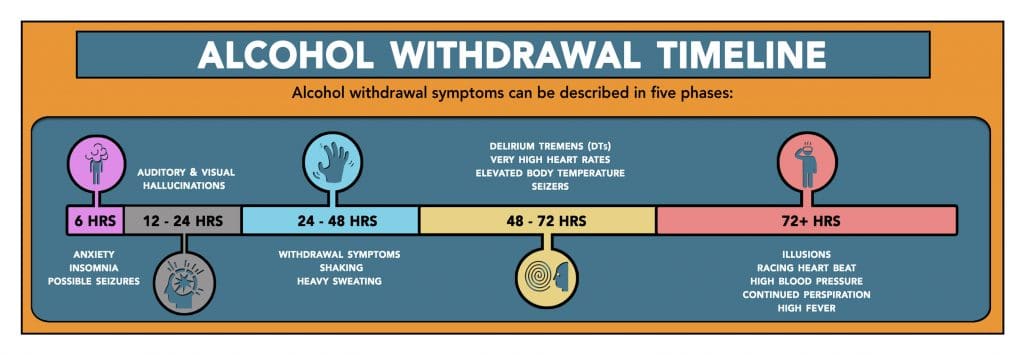

I think you’re referring to FlareSolverr. If so, I’m not aware of a direct replacement.
Main issue is it’s heavy on resources (I have an rpi4b)
FlareSolverr does add some memory overhead, but otherwise it’s fairly lightweight. On my system FlareSolverr has been up for 8 days and is using ~300MB:
NAME CPU % MEM USAGE
flaresolverr 0.01% 310.3MiB
Note that any CPU usage introduced by FlareSolverr is unavoidable because that’s how CloudFlare protection works. CloudFlare creates a workload in the client browser that should be trivial if you’re making a single request, but brings your system to a crawl if you’re trying to send many requests, e.g. DDOSing or scraping. You need to execute that browser-based work somewhere to get past those CloudFlare checks.
If hosting the FlareSolverr container on your rpi4b would put it under memory or CPU pressure, you could run the docker container on a different system. When setting up Flaresolverr in Prowlarr you create an indexer proxy with a tag. Any indexer with that tag sends their requests through the proxy instead of sending them directly to the tracker site. When Flaresolverr is running in a local Docker container the address for the proxy is localhost, e.g.:

If you run Flaresolverr’s Docker container on another system that’s accessible to your rpi4b, you could create an indexer proxy whose Host is “http://<other_system_IP>:8191”. Keep security in mind when doing this, if you’ve got a VPN connection on your rpi4b with split tunneling enabled (i.e. connections to local network resources are allowed when the tunnel is up) then this setup would allow requests to these indexers to escape the VPN tunnel.
On a side note, I’d strongly recommend trying out a Docker-based setup. Aside from Flaresolverr, I ran my servarr setup without containers for years and that was fine, but moving over to Docker made the configuration a lot easier. Before Docker I had a complex set of firewall rules to allow traffic to my local network and my VPN server, but drop any other traffic that wasn’t using the VPN tunnel. All the firewall complexity has now been replaced with a gluetun container, which is much easier to manage and probably more secure. You don’t have to switch to Docker-based all in go, you can run hybrid if need be.
If you really don’t want to use Docker then you could attempt to install from source on the rpi4b. Be advised that you’re absolutely going offroad if you do this as it’s not officially supported by the FlareSolverr devs. It requires install an ARM-based Chromium browser, then setting some environment variables so that FlareSolverr uses that browser instead of trying to download its own. Exact steps are documented in this GitHub comment. I haven’t tested these steps, so YMMV. Honestly, I think this is a bad idea because the full browser will almost certainly require more memory. The browser included in the FlareSolverr container is stripped down to the bare minimum required to pass the CloudFlare checks.
If you’re just strongly opposed to Docker for whatever reason then I think your best bet would be to combine the two approaches above. Host the FlareSolverr proxy on an x86-based system so you can install from source using the officially supported steps.









OpenAI on that enshittification speedrun any% no-glitch!
Honestly though, they’re skipping right past the “be good to users to get them to lock in” step. They can’t even use the platform capitalism playbook because it costs too much to run AI platforms. Shit is egregiously expensive and doesn’t deliver sufficient return to justify the cost. At this point I’m ~80% certain that AI is going to be a dead tech fad by the end of this decade because the economics just don’t work now that the free money era has ended.